Raising Awareness to Assure System Safety
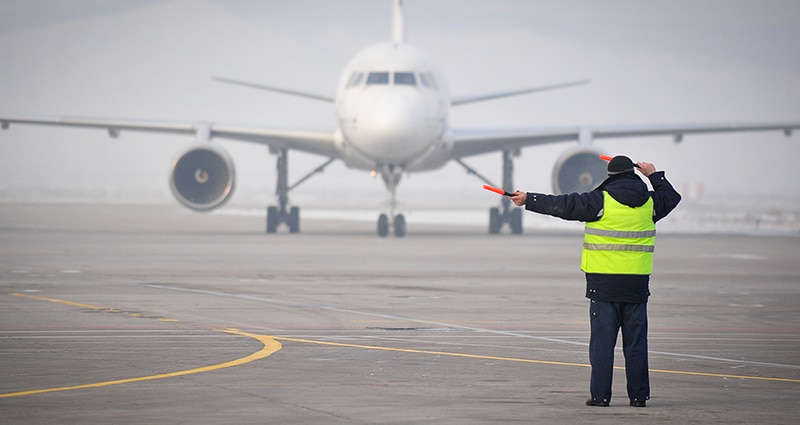
Marshalling Signals and the Need to Look Beyond the Aircraft
As the next installment in the series on Assuring System Safety, we will examine the age-old topic of aircraft marshalling. From the earliest days of aviation operations, communication has been at the root of all activities. The act of preparing an aircraft for flight requires a multitude of communication pathways to function effectively, all of which roll up to an in-progress, dynamic risk assessment. If any one of the pathways fails to provide the correct response (input) for the task or go/no go decision, then the overall process stops until cleared. It is not until the clearing is confirmed that the process can continue.
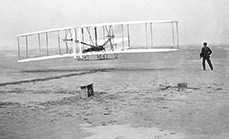
Marshalling From a Systems Perspective
So, let’s take a look at this from a “systems” perspective. We define a system as a set of interacting or interrelated elements working together as part of an interconnecting network. Sound about right? So, looking at aircraft marshalling, what “elements” are there that impact the effective conduct of communication?
For example, applying the 5M model of system engineering, a system is based on the interactions between:
- Management (policy, vision, and objectives)
- Mission (performance goals)
- Machines (aircraft and ground vehicles)
- Media, which is more accurately the operational environment (weather and aviation infrastructures)
- Man (pilots/crew, engineers, ground handlers/line service technicians/customer service representatives, and air traffic controllers)
This is depicted in the below graphic.
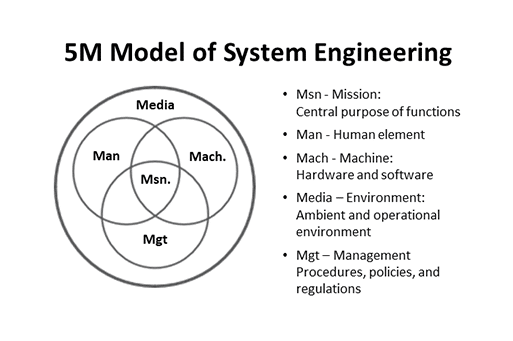
In the general/corporate aviation setting, we are about the policies and procedures that provide the standards and guidance for performing the task. The mission is the safe arrival or departure of an aircraft to/from its parking spot. The man or “human” interface is addressed by the lead marshaller and the cockpit crew. If wing walkers are included, they become a part of the overall human element of the marshaling process.
While the aircraft is the obvious machine, consideration must be given to ground vehicles and GSE. The media or operational environment is the immediate ramp/apron area, any taxiways or vehicle access roadways, and other parked aircraft or vehicles that may be impacted by the operation and movements of the aircraft based on power settings.
Marshalling Responsibilities
The marshalling act is not merely the arrival or departure of the aircraft to/from the parking spot, but anywhere along the anticipated pathway of travel where a potential hazard can arise. So, the marshalling team (lead marshaller, wing walkers, and cockpit crew) need to be aware of not only the direct pathway for arrival or departure, but also those areas that may be impacted by the movement, wing-growth, or jet blast/prop wash of the arriving or departing aircraft.
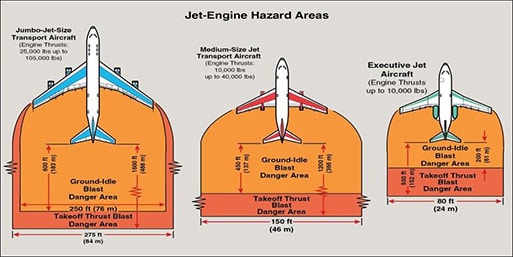
Considerations must be made for idle and breakaway thrust settings and their impact on persons and vehicles that may inadvertently travel through the jet blast/prop wash areas. Typically, personnel operating within the fence line are taught how to recognize aircraft under power with the activation of the aircraft’s rotating beacon and therefore are keenly aware of the potential for jet blast/prop wash. However, in some instances, personnel on the ground may not be able to immediately recognize a jet-powered aircraft that is about to power up to breakaway thrust to move off of its hard stand. For those of us who operate on congested, multi-user aprons, this could result in significant damage and injury to those unaware.
Take, for example, the Gulfstream G550 and G650. The rotating beacon is located in an area on the fuselage belly that is not immediately visible when the aircraft is on the ground, thus preventing 360° visibility of the rotating beacon. There are times when the activation of the rotating beacon is the only indication of an aircraft under power. Failure to observe the rotating beacon and heed the obvious warning could place life and property at risk.
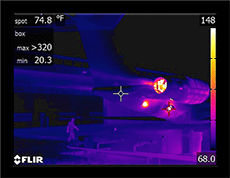
AvMaSSI Jet Blast Thermal Imaging of G550
Aircraft crews and line service techs alike need to be aware of differences within the various aircraft models and variants, and apply this knowledge when performing an initial risk assessment and refresher of your risk registry.
For these particular aircraft, the flight crew, being keenly aware of the impediments to clearly seeing the aircraft’s rotating beacon, may suggest the addition of a well-placed tail walker to control and halt vehicle/personnel movements within the area of influence. This practice should also be a part of any FBOs ongoing risk awareness and assessment process. Alerting other airport users to environmental (media) and peripheral risk is part of an effective safety management and mitigation approach.
Enabling Clarity in a Complex Environment
We work within a complex, ever-changing environment, where our actions can be influenced and impacted by a myriad of variables, some known, some unknown. Today’s operators can’t rely on a coin toss, but instead must be aware of this ever-changing environment by structuring their training programs to raise awareness. Additionally, operators must prepare personnel to visualize the complete environment, assessing potential influencers and using that heightened awareness to influence others.

AvMaSSI provides safety, security and operational integrity evaluations, consulting and auditing to airlines, airports, charter and corporate operators, OEMs, marine operators, seaports, governments, international agencies and financial institutions the world over. AvMaSSI provides IS-BAO and IS-BAH preparation and audit services and supports Global Aerospace and its SM4 and Vista Elite Programs with focused safety/SMS, security, regulatory compliance and IS-BAO auditing services. AvMaSSI is a proud member of the Global Aerospace SM4 partnership program.
http://www.Avmassi.com
© 2025 Aviation & Marine Safety Solutions International. All Rights Reserved.
Next ArticleRelated Posts

Emerging Security Threats in Business Aviation: Activism and Down-Route Risks
Security incidents affecting business aviation do not need to involve violence to have an operational impact. A protest delaying crew movements, blocking access to a hangar or resulting in an unauthorized photograph of a sensitive client can all trigger reputational, financial or compliance concerns for operators.

Little Things Matter: The Lost Key of the Titanic
Ultimately, the story of the Titanic’s lost key is a call to action for aviation professionals. It underscores the need for unwavering attention to detail, robust systems to catch human error and a culture that prioritizes safety over haste.

